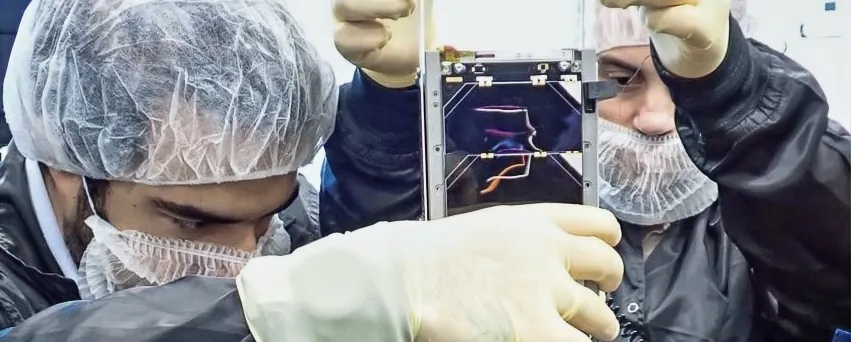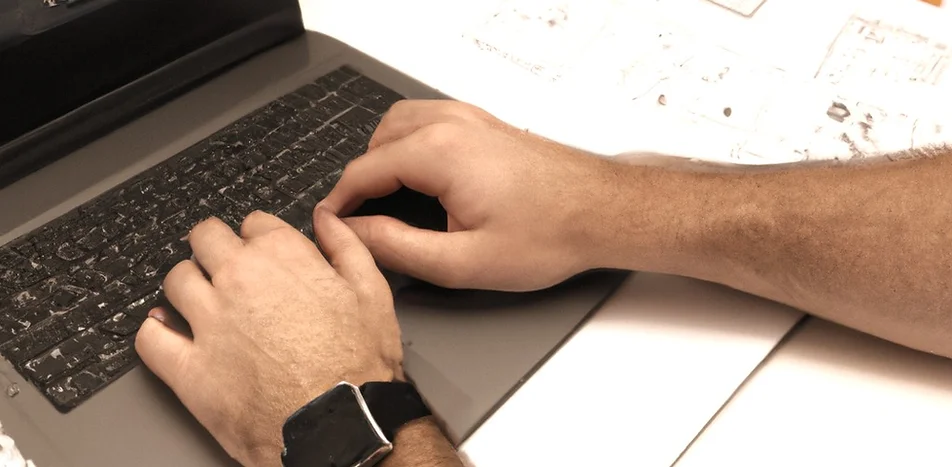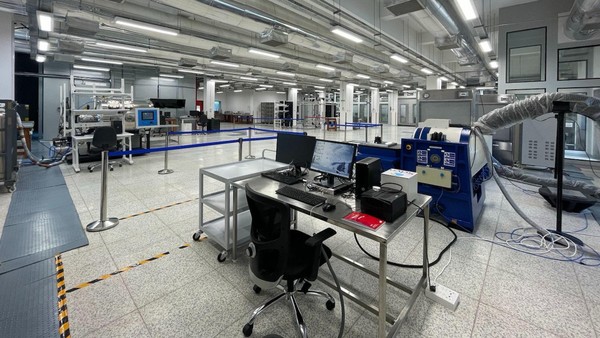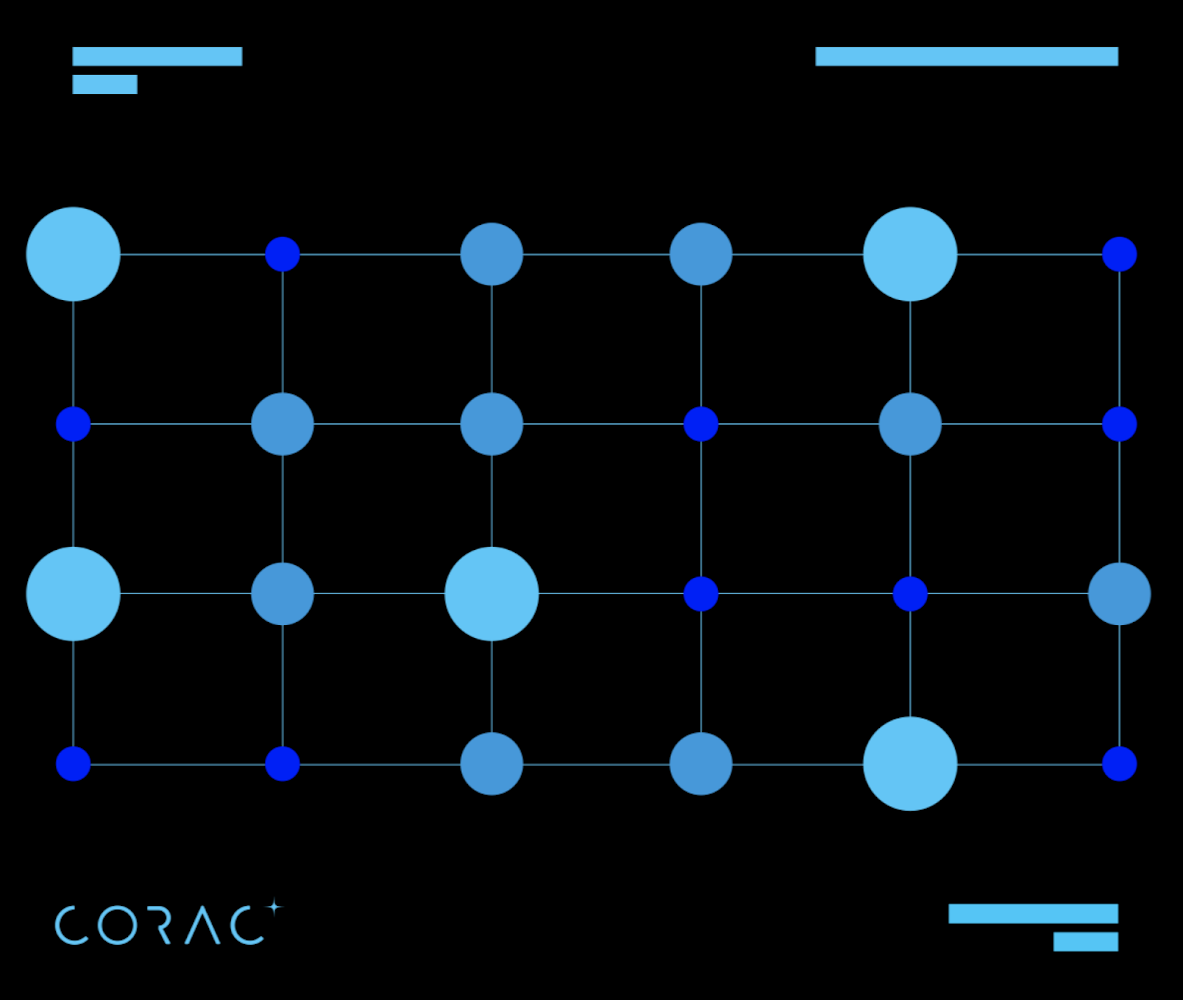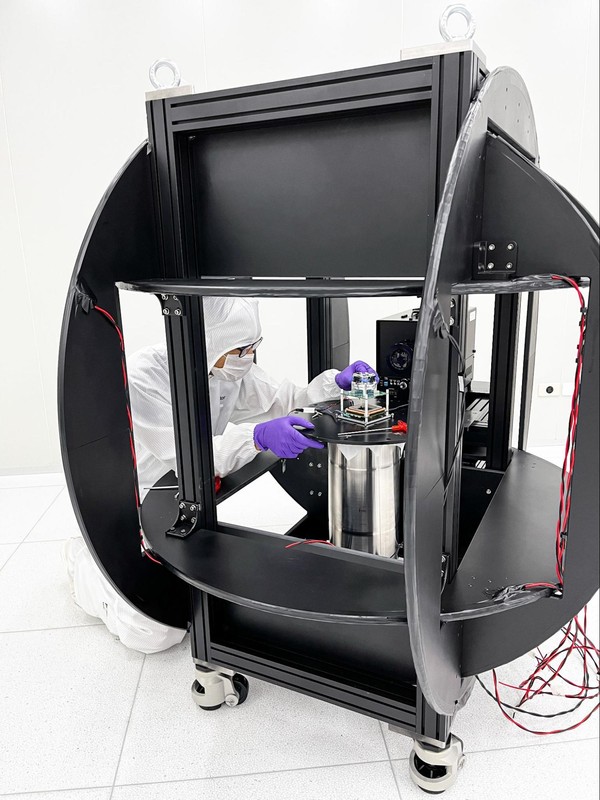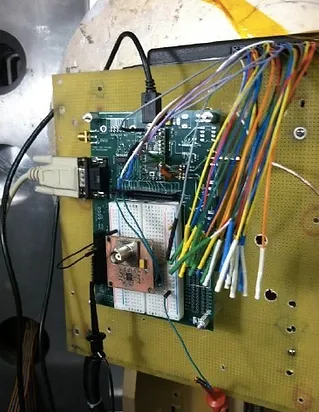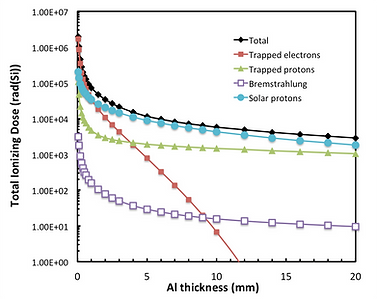The modern space industry places great demands on mission designers and systems engineers. Both end-user expectations and the competition are higher than ever, and this means that every development needs to be the best it can be.
At the same time, the available capacity and expertise in the industry today is enormous. The NewSpace era, and broader sector growth, has meant that hundreds of suppliers all round the world have built up significant expertise in all aspects of space mission development and operation.
There are now many experts available to hire to help turn your mission plans into in-orbit realities. Provided you can identify the right vendors and services for your project, of course.
That’s where satsearch comes in. In this resource you can view a wide variety of different specialist mission development and engineering services, from experienced suppliers across the global supply chain, covering areas such as:
- Space qualification and Assembly, Integration and Test (AIT)
- Design, manufacturing, and other aspects of equipment engineering
- Testing and measurement of hardware, processes, and facilities
- Payload design, platform setup and interfacing, and deployable system development
- Workshops and training courses to up-skill engineers
Please note that in this resource we’ve chosen to focus only on dedicated services available for teams during the mission development process and have elected not to include services that are for specific aspects of mission operations (such as launch or space situational awareness) or software tools or systems that are purchased separately.
Use the links below to find out more about each service and to make requests for quotes, direct supplier introductions, or further information. You can also submit a higher-level request for the services needed on your mission, project, or program at this link. Our expert procurement team will be in touch with suitable options ASAP.
The 2NDSpace space qualification services are designed to qualify components for use in space missions and applications.
A pointing performance analysis is a crucial document in every satellite mission. Using advanced simulation tools, arcsec provides you with a complete and detailed analysis document specifically for your satellite.
The Azista BST Aerospace AIT is a facility providing assembly, integration, and testing services for the space industry.
The facility is spread across 50,000 Sq. ft and has ISO Class-7 Clean Room. It consists of 20 testing stations for subsystems and 6 assembly stations for spacecraft bus/subsystems. It also has a thermal vacuum chamber and a climatic chamber.
The CORAC Cyber-risk analysis for space assets is designed to prioritize the list of risks and mitigation recommendations. In this service, the CORAC team offers a holistic cyber-risk analysis of entire space missions, ground stations, and satellites. Under this analysis service, customers also receive a report containing a prioritized list of identified risks and advice on how to mitigate them.
The DHV Technology Qualification and Testing services are designed for space applications. It is carried out under a request to qualify solar panels for the space environment. These tests could vary depending on the customer requirements and mission features, covering different fields such as - Random vibrations, Sine vibrations, Thermal vacuum cycling tests, Acoustic tests, Deployment tests, and Standard functional tests.
The ENPULSION FEEP Workshop is conducted with an engineering unit of an ENPULSION propulsion system placed in a small-sized vacuum chamber. The setup allows for maximum flexibility by operating the thruster both using the ENPULSION EGSE GUI as well as operating the thruster using customer-furnished equipment, including OBC and EDU that can be placed table-top in air next to the vacuum chamber.
Nanovac AB's Custom Thermal Vacuum Chamber (TVAC) development services enable space companies to create analysis systems to meet their specific needs. Nanovac has many years of experience in the design and manufacture of thermal testing components, devices, and systems for the space industry.
The precise characterization of Mass Properties is significant in configuring the Attitude Determination and Control System (ADCS). Tensor Tech, specializing in this domain, offers professional Mass Properties measurement services through our ADCS Testbed. Our proficient team conducts these essential services for client spacecraft and Devices under Test (DUT) upon request. By utilizing our software with our ADCS Testbed system, the service ensures optimal tuning results. Alternatively, satellite integrators or sub-system manufacturers have the flexibility to send their hardware to Tensor Tech for accurate measurements.
The Zero-G Radiation Assurance Radiation Testing is designed for space and other industrial applications. The company offers turnkey solutions - planning, design, execution, and analysis. Under this service, it also offers customized support to provide the setup and perform the irradiation or function as an onsite consultant for the customers.
The Zero-G Radiation Assurance Radiation Analysis is designed for space applications. Customers can run their analysis efficiently with Zero-G's in-house developed SEE analysis app. It can instantly calculate Figure-of-Merit SEU rates from heavy ion and proton test data. For proton data, the tool calculates rates from a set of mission parameters including orbit inputs, solar condition, and shielding level. Its SEE analysis app is free to use for the community.
The Zero-G Radiation Assurance component evaluation is designed to ensure quality across the space mission components. It consists of a Bill of Materials (BOM) review, investigation of radiation data, screening requirements, etc. The company has decades of experience with various mission types & EEE parts requirements, from NASA Class A to Class D and CubeSat missions.
The Zero-G Radiation Assurance Environment Derivation is designed to simulate the space mission's radiation environment. The company can simulate the environment for space missions and determine the adequate radiation requirements based on customer mission needs, leveraging on its experience of creating radiation requirement documents for NASA missions and commercial space launch vehicle programs.
Thanks for reading! If you need any further help identifying the right space service provider for your specific needs, please share your specifications with us and we’ll use our global network of suppliers to find options.
And if you’re a space service provider, find out how to promote your offer to thousands of space engineers around the world on the satsearch platform.


